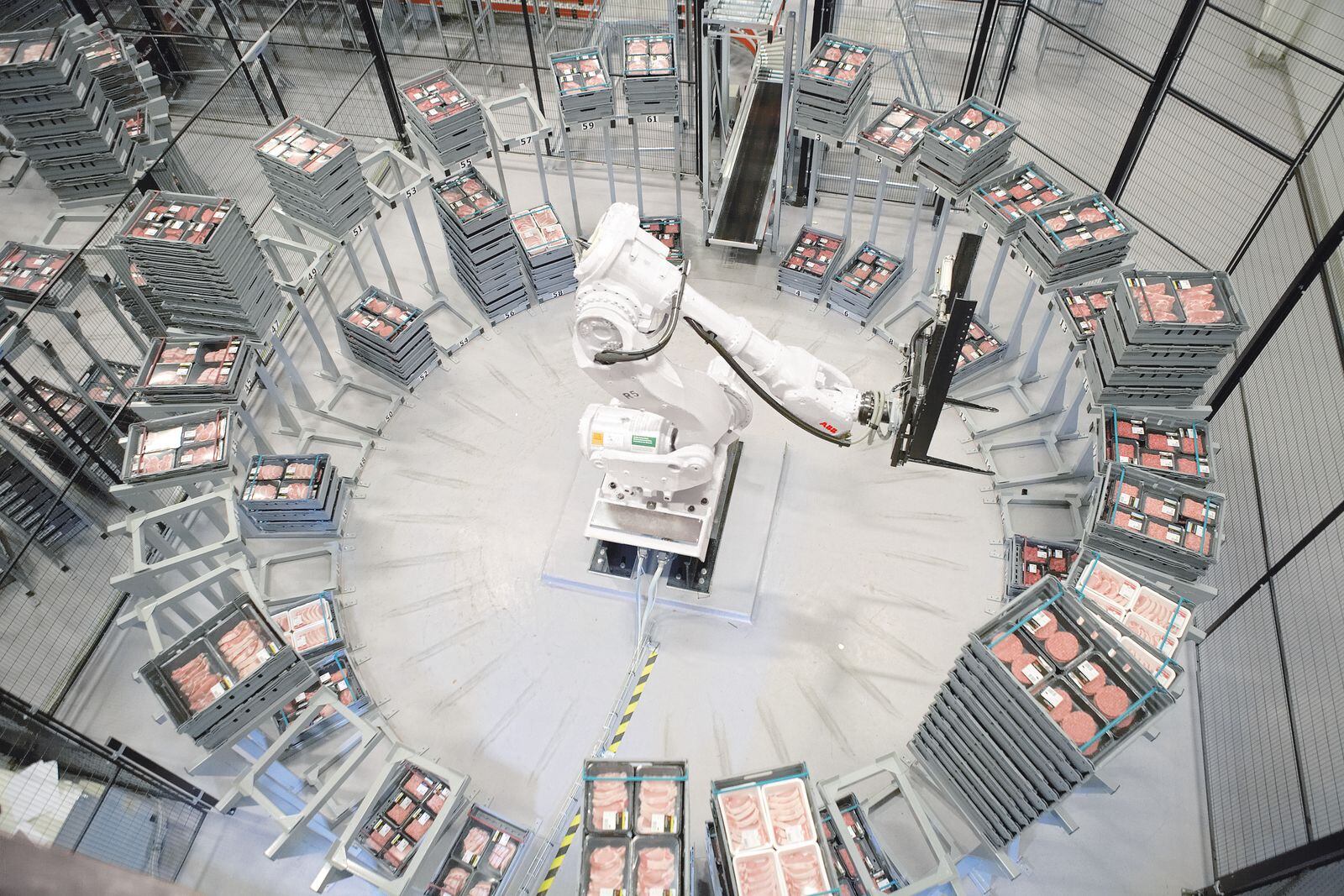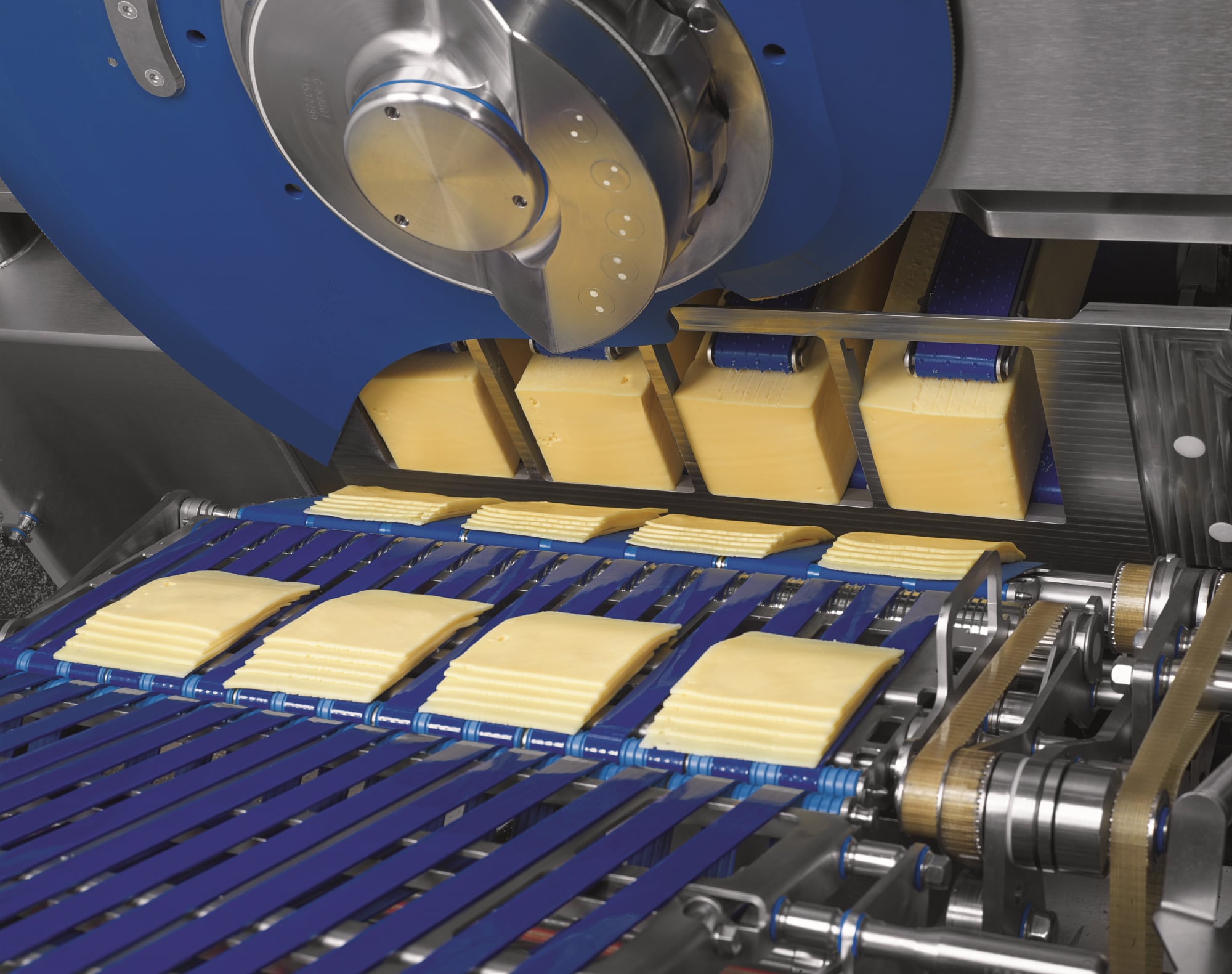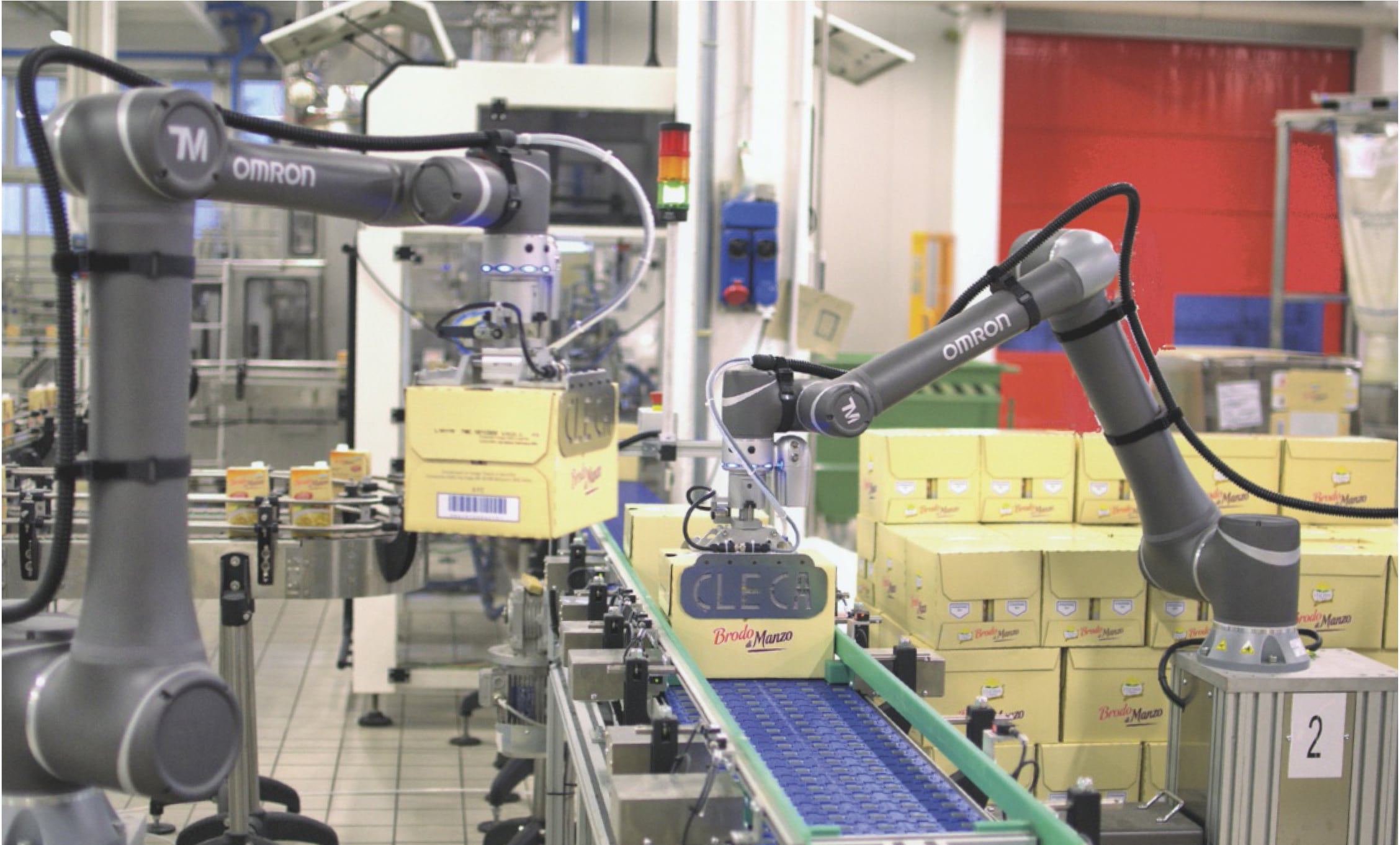The figures bear this out. British Automation and Robot Association (BARA) data indicates sales of individual robots sold to domestic food and drink manufacturers in 2020 was 35% up on 2019 and last year was 21% up on 2020.
Mike Wilson, chief automation officer at the Manufacturing Technology Centre says the food industry’s adoption of robotics since the start of 2020 has been unprecedented. For years the UK was viewed as a slow adopter of such technology, but it seems it may have turned a corner.
in 2021, the food and drink industry was the second biggest purchaser of automation after the automotive sector for the first time, to Wilson’s recollection. There's still a way to go yet, of course. According to Robotics and automation: a new perspective, a comprehensive white paper on the pan-industry state of play of robotics in the UK, which was launched in November last year, the UK still ranks just 24th globally for robot density per 10,000 manufacturing employees. The document was jointly backed by the Industrial Policy Research Centre, the Manufacturing Technology Centre and the High Value Manufacturing Catapult.
Robotics and automation: a new perspective: recommendations
The white paper makes recommendations to address four key areas to spur robot adoption:
- Skills & education: it calls for more investment and more partnerships between academia and industry;
- Awareness: it calls for better cross-industry collaboration and communication to share insights;
- Finance: it requests more guidance for the financial community to help businesses invest in new technology;
- Support: it wants enhanced support for companies across the supply chain to implement and operate robotics and automation
The partners producing the report are now building supportive communities for interested parties in each of these areas. Wilson is involved in fledgling projects to address them, from identifying the skills needed in the food and drink sector to investigating rental options for robots to make them more affordable.
'Optimistic'
Still, Wilson is positive. “I’m cautiously optimistic,” he tells Food Manufacture. That’s not to say there aren’t still concerns. “The one worry I’ve got in the back of my mind is increasing interest rates, all the uncertainty in the world tends to put people off investing.”
However, what’s significant is for years the focus for companies exploring robotics was end-of-the-line palletising and picking and packing, whereas a much broader variety of applications is now being explored.
End-of-line equipment remains an important way to increase efficiency and reduce repetitive and costly manual labour, but there’s so much more.
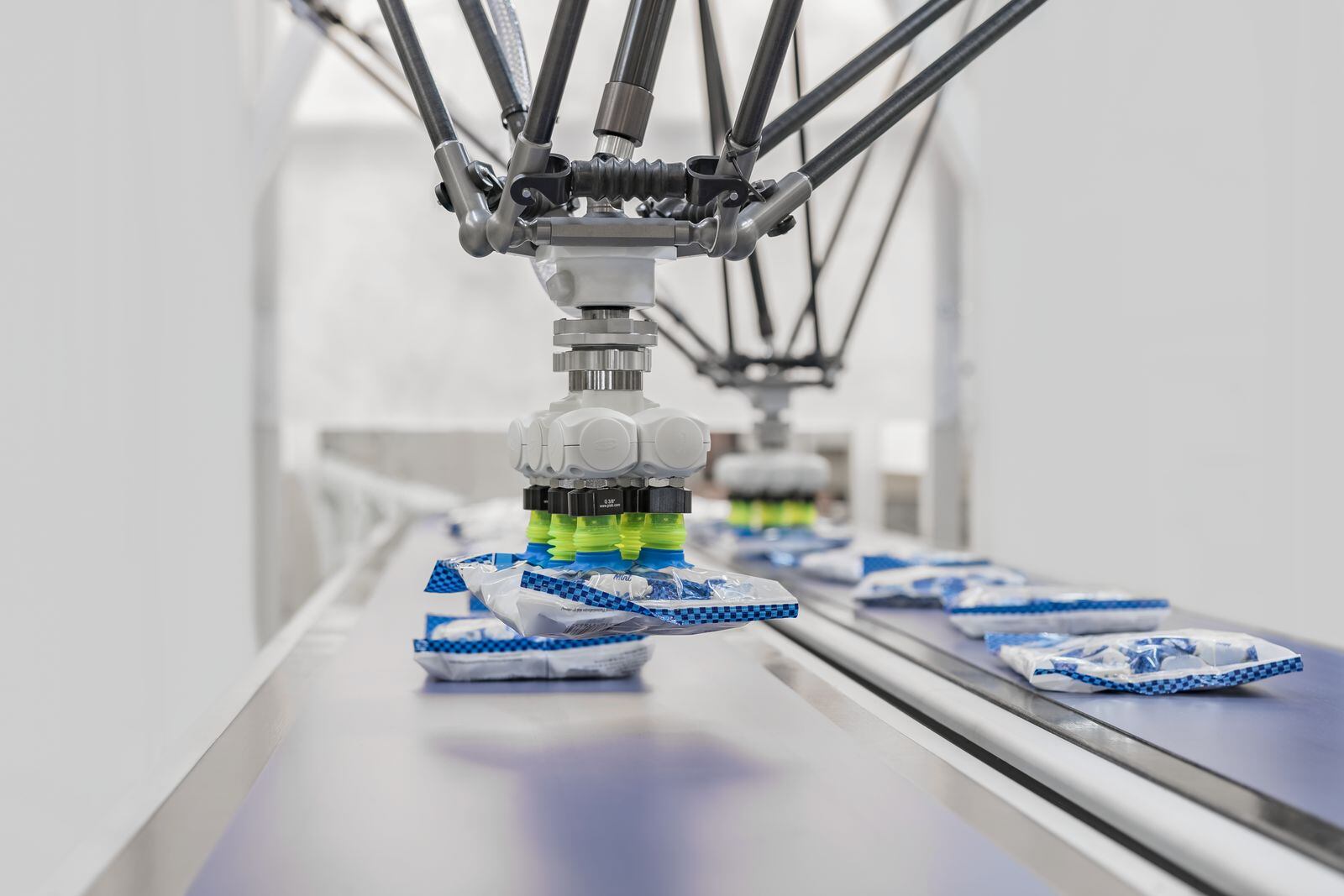
That doesn't necessarily mean big revolutions in technology. "I think we're seeing an awful lot of incremental improvements rather than step-changes - things like vision systems becoming more capable, easier to use, faster, robots getting faster, cobots being developed that can carry higher weights, making them more applicable for more applications."
Automated vision systems using artificial intelligence to learn what high quality and defective product looks like is also an emerging focus.
Primary packing
“We’re starting to see robots being used earlier in the process, from low-care palletising further up the line to high-care and handling naked product,” continues Wilson. “The bread sector, for example, has had robots on packing lines for quite a long time, but we are seeing more robot automation going into other primary packing of product into the first packs.
“We’re starting to see more activity there in all sorts of different sectors: meat, fish. We’re also seeing things like sandwiches being packed inside the triangular packs.”
Robots more than ever are able to deliver consistent quality and yield with minimal waste in a way that manual solutions do not. For delicate products especially, such as soft fruits, the development of better end-effector and gripper and vacuum technology has been instrumental here, says Wilson.
Picking and packing bread
According to PPMA, Finnish company Kine Robotics has developed a conveyor tracking system with on-the-fly robot picking for bags of bread loaves and rolls for an industrial bakery.
The installation has reduced errors associated with previous manual handling and boosted throughput. With the new vision system, the robot grip can handle between 25 and 30 packs per minute. “We’re already considering the possibility of adding some measurement limits for the products to ignore or flag faulty products as they move through the system,” says Kine’s project manager Tero Urponen.
Kine sought to develop the vision system around Matrox Design Assistant X software and a Basler Blaze 101 3D Time-of-Flight (ToF) camera as the sensor. The ToF camera was selected as it eliminated the need for separate lighting, and reduced concerns about contrast and reflections.
Products under examination posed some serious challenges. Different types of breads have unique shapes, sizes, and colours, and the semi-transparent packaging can obscure the contents. The inspection system affords real-time measurement and provides precise 3D data to the vision software. The camera is triggered from a photodetector by way of a B&R programmable logic controller (PLC) communicating with the vision program. The PLC also synchronises the robot by similar means.
A Stäubli TS2-60 SCARA robot handles picking and placing, communicating via transmission control protocol (TCP) with a Stäubli VALtrack software library for conveyor tracking and picking. The robot can grip the plastic bags effectively without damaging goods.
Through use of the ToF camera and vision software, Kine saw a reduction in the overall costs related to machine vision by 75%, compared to traditional camera and lighting options. “Typically, there is a lot of trial and error with lights and camera settings to get proper contrasts for object detection, but the ToF camera requires no external lights, and the 3D information it supplies to the IDE is superior to any traditional colour/contrast-based detection technology,” says Urponen.
Fruit and vegetable packhouses are another area attracting attention. Automated potato packing for despatch has been established for a while. “But we’re also seeing people looking at robot applications for people packing other fruits – apples for example – to deliver those into the supermarkets and people looking at soft fruits and mushrooms.”
On-farm picking
Robots are even being considered for picking fruits and vegetables in fields, assessing crops to determine yields or checking for disease or pests using sensors.
Almost all the latest developments are being driven by shortage of labour, Wilson claims. The pandemic and Brexit have both been cited as reasons for migrant workers returning to their native countries to work, with the latter ushering in tougher visa requirements and the former persuading staff to move closer to vulnerable relatives.
Julian Ware, UK & Ireland sales manager at ABB Robotics, says: "The effect of Brexit and post-pandemic has resulted in an associated labour shortage and increased labour cost, which is allowing food companies to look with renewed focus not only at traditional end-of-line automation, but the more difficult labour intensive on-line tasks in primary handling and packing. The return on investment is now more attractive. Competition from large labour intensive businesses such as Amazon and DHL has also reduced the available labour; this is elevating labour costs."
Shortage of Ukrainian labour for semi-skilled and low-skilled roles is a significant factor right now, for obvious reasons.
Ease of operation
Another key trend driving robot adoption across all industries, according to an International Federation of Robotics (IFR) release, is that they are simply becoming easier to operate: "There is a clear trend towards user interfaces that allow simple icon-driven programming and the manual guidance of robots.
"Robot companies and some third party suppliers are bundling hardware packages together with software to ease implementation. This trend may seem simple, but offerings that focus on complete ecosystems are adding tremendous value by reducing the effort and the time to operation."
Suppliers are also becoming more adept at tailoring their services to individual customers' needs. "Suppliers offer standard programs combined with grippers, sensors, and controllers. App stores provide program routines for various applications and support lower-cost robot deployment."
One of the reasons cobots are taking off is they are generally easier to programme, says Wilson. "The programming techniques are more intuitive and easier for people to assimilate, because it's not programming via code, it's taking the robot arm to where you want to go and recording positions."
Cobots are more convenient to use, because manufacturers don't necessarily need to worry about putting guarding around them, he says - their sensors ensure they avoid human contact. That, in turn means they can take up less space. That said, they still require risk assessments and they are often slower than industrial robot equivalents because they are designed to operate in closer proximity to human workers.
He also warns that they are often not as easy to clean and washdown as industrial robots, so high-care applications are currently limited.
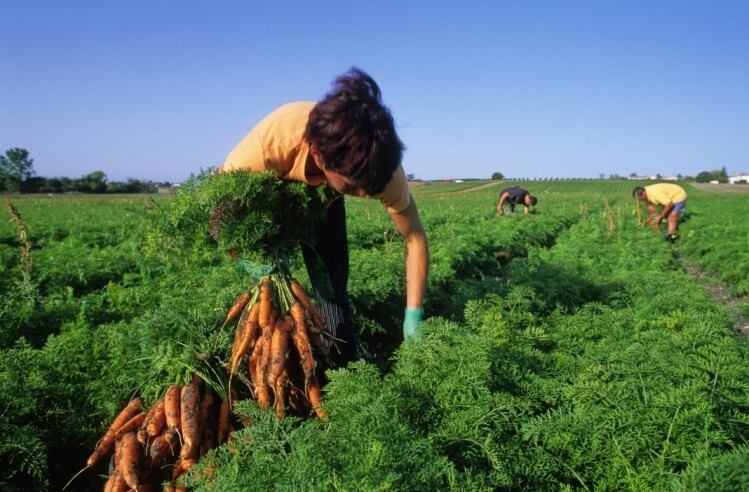
Training
Not only are robot capabilities increasing, training is becoming more prolific and comprehensive too. "More and more governments, industry associations, and companies are seeing the need for basic robot and automation education at an early stage for the next generation," states IFR's release. "The journey of data-driven production lines will focus on education and training.
"In addition to the training of workers in-house, external education routes can enhance staff learning programs. Robot manufacturers like ABB, Fanuc, Kuka, and Yaskawa all register between 10,000 and 30,000 participants in their robot classes across more than 30 countries every year."
In the UK, there's also a growing number of umbrella schemes aimed at offering advice and contacts for food and drink manufacturers seeking to explore automation and digitalisation at all stages of the journey. These services are what Wilson calls 'agnostic', meaning they are not driven by the sales agendas of robot suppliers, but rather by the needs of food and drink businesses.
Support and advice
For example, in March the Food and Drink Federation (FDF) launched its Innovation Gateway - an online tool matching firms with the expertise to support them with technical challenges. While this has initially been made available exclusively to the trade association's members, the intention is to open it up to non-members later this year.
Steve Barton, strategic projects director at Associated British Foods's (ABF's) grocery division and chair of the FDF's technology forum, says: "The aim of the Innovation Gateway was to make it easier for food and drink businesses to get expert help with their issues relating directly to adding technology to their production lines. There's lots of support available, but it’s not always easy for organisations to know where to go – that applies equally to large businesses as well as smaller start-ups and SME’s [small and medium-size enterprises].
"The Innovation Gateway was specifically designed to address this challenge by helping food/drink businesses quickly identify specialist support related to their operations. As ABF we are collectively the largest UK food producer and our hope is that the Innovation Gateway will become a key tool to facilitate an overall improvement in the efficiency and competitiveness of the UK food/drink manufacturing sector over time."
The Manufacturing Technology Centre can also point firms in the direction of funding channels, having close relationships with a number of banks and other sources of finance, Wilson says.
Similarly, technology adoption programme Made Smarter, which began as a pilot in the north west of England in 2018, has been rolled out to the West Midlands, Yorkshire and the Humber and the north east. It targets SMEs, proving robotics does not have to be limited to the larger players, with a mission to cover the whole of England. The programme begins by opening a dialogue with manufacturers about their needs and bottlenecks before giving guidance on digitalisation and automation to suit their growth strategies and pace of development.
Among the latest manufacturers to benefit are craft beer maker Ennerdale Brewery, English Lakes Ice Cream and First Play Dietary Foods.
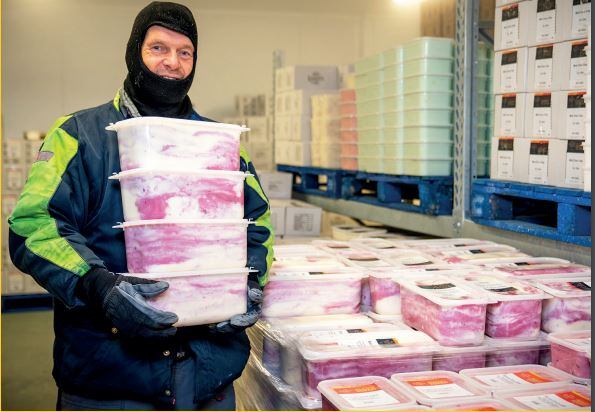
Greenhouse gas emissions
Not only is the quality of advice and training for robot applications improving, so is the case that they can play a positive role in boosting energy efficiency and consequently reducing greenhouse gas emissions.
IFR president Milton Guerry says: “The IFR supports the United Nations' sustainable development goals. There are fantastic new ways in which robots save resources and produce green technologies of the future."
IFR general secretary Dr Susanne Bieller adds: “The transformation on the way to a sustainable use of resources is proving robotics and automation to be key technologies. Intelligent automation reduces production costs: This helps battery technology achieve a breakthrough in e-mobility for example or fuel cells production for hydrogen-power as an alternative to fossil energy. At the same time, highly efficient production technology reduces CO2-emissions.”
Challenges
All these trends bode well for robot adoption, but there are challenges. Aside from global economic and supply chain volatility pressuring processors to adopt a more risk averse attitude, underdeveloped indigenous systems integration support could also hamper development, Wilson believes.
“We have a lot of systems integrators in the UK – more than 250. They don’t all operate in the food sector. But in the main, they are relatively small businesses – typically 30 people, £10m turnover or possibly less. That puts constraints on the automation that can get delivered to UK manufacturing.
“That supply chain is geared up to deliver what the UK currently buys. If the UK accelerates significantly, it’s not going to be able to satisfy requirements.”
Smaller integrators also sometimes struggle with bigger projects, such as those where investment strays into the millions of pounds, he adds.
In addition to the persistent misconception that robotics requires substantial investment, so is really only for larger companies, another thing that impedes take-up for SMEs is lack of time to consider it. "We know from our work with the FDF that many SME’s struggle to find the time to focus on this area and often unsure where precisely to focus to improve their operation," Barton says.
The Robotics and automation: a new perspective report highlights a persistent fear of change and lack of understanding about the impact of automation and robotics, which are holding businesses back from automating.
That said, with the continued labour shortage, the wider variety of robot capabilities and strengthening of support for businesses exploring options, the future for robotics in UK food and drink manufacturing seems brighter than ever before.
Robotics and automation: a new perspective: networks supporting UK robotics
- BARA
- National Robotics Network
- Robotics Growth Partnership
- Knowledge Transfer Network
- UK RAS Network
- IET Robotics & Mechatronics Technical Network

